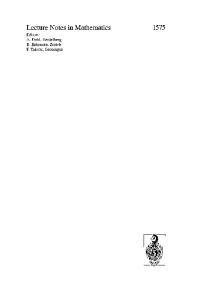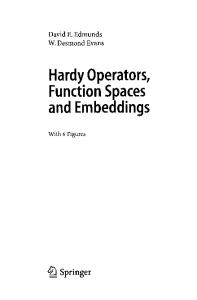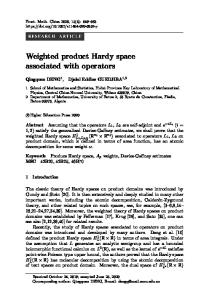Relations Between Product and Flag Hardy Spaces
- PDF / 420,179 Bytes
- 23 Pages / 439.37 x 666.142 pts Page_size
- 97 Downloads / 314 Views
Relations Between Product and Flag Hardy Spaces Der-Chen Chang1,2 · Yongsheng Han3 · Xinfeng Wu4 Received: 22 August 2019 © Mathematica Josephina, Inc. 2019
Abstract In Nagel et al. (J Funct Anal 181:29–118, 2001), Nagel–Ricci–Stein established the relationships between product kernels and flag kernels on the Euclidean space, that is, product kernels are finite sums of flag kernels. The main purpose of this paper is to characterize the product Hardy space as the intersection of flag Hardy spaces, and characterize the product Carleson measure space as the sum of flag spaces. Keywords Flag kernels · Product kernels · Hardy spaces · Carleson measure spaces 2010 Mathematics Subject Classification 42B20 · 42B30
1 Introduction In 1999, Washington University at St. Louis hosted a Harmonic Analysis conference in honor of Professor Guido Weiss to celebrate his 70th birthday. Many mathematicians attended this big event and the invited speakers included Professor Eli Stein. In his talk in flag singular integral operators, Professor Stein asked the following question:
In Memory of Professor Elias M. Stein.
B
Xinfeng Wu [email protected] Der-Chen Chang [email protected] Yongsheng Han [email protected]
1
Department of Mathematics and Statistics, Georgetown University, Washington, DC 20057, USA
2
Graduate Institute of Business Administration, College of Management, Fu Jen Catholic University, New Taipei City 242, Taiwan, ROC
3
Department of Mathematics and Statistics, Auburn University, Auburn, AL 36849, USA
4
Department of Mathematics, China University of Mining & Technology, Beijing 100083, China
123
D. Chang et al.
“What is the Hardy space theory in the flag setting?” Since then, many mathematicians studied this question and obtained fruitful results. Let us begin with the background of this question. Classical Calderón–Zygmund singular integral operator theory is the extension to higher dimensions of the theory of the Hilbert transform. These integral operators are singular only at the origin, and the nature of this singularity leads to the invariance of these singular integral operators under the classical dilations on Rn given by δx = (δx1 , . . . , δxn ) for δ > 0. On the other hand, the product theory of singular integral operators on Rn is concerned with those singular integral operators which are invariant under the n−fold dilations: δx = (δ1 x1 , δ2 x2 , . . . , δn xn ), δ j > 0, 1 ≤ j ≤ n. The product theory of Rn began with the strong maximal function studied by Zygmund, then continued with the Marcinkiewicz multiplier theorem, and more recently has been studied in a variety of directions. For example, product singular integrals and Hardy and BMO spaces were studied by Chang, Fefferman, Gundy, Journé, Pipher and Stein et al. (see [4,11,13,15,23,29,30,39] among others). A new extension of product theory came to light with the proof by Müller et al. of the L p boundedness, 1 < p < ∞, of Marcinkiewicz multipliers on the Heisenberg group Hn in 1995–1996 (see [32,33]). This is surprising since Marcink
Data Loading...











